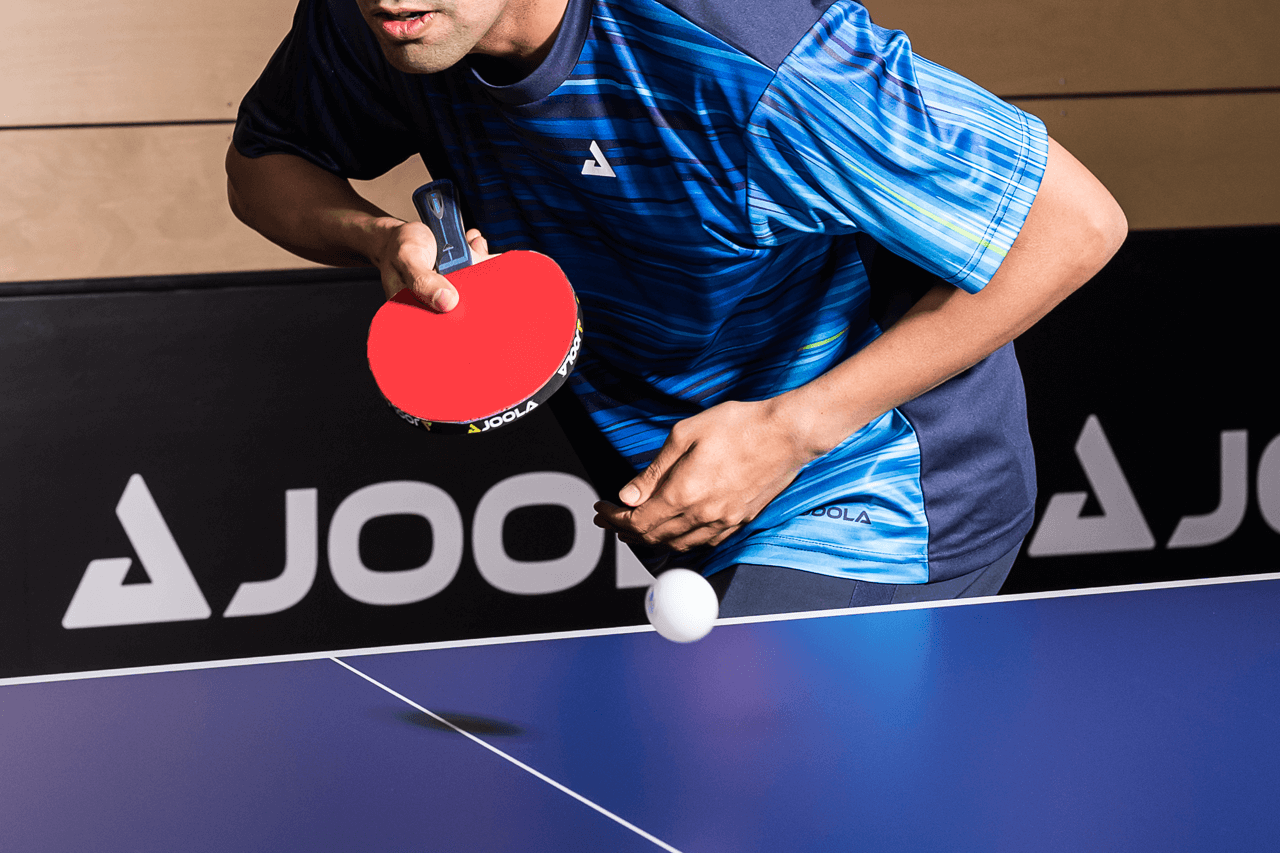Today, I’ll be talking about a few tips relevant to training and competing, which I believe will help you improve. Of course, everyone is different and should judge for themselves what works and doesn’t work for them personally. However, I believe that the tips below are general enough that they can benefit anyone.
Practicing Serves
The fundamental idea behind this tip is to practice serves in an environment that is as close to the reality of a match as possible. One common thing that I see players do when practicing serves is that they hold several balls in their hand at once. I dislike this for a few couple reasons. The first is that I notice players who do this are much more likely to serve in rapid-fire sequence, which takes away from being deliberate and practicing with quality. When you practice serves, you should examine if the serve went as you intended: depth on the table, spin, speed, and so on. Serving without being mentally present takes away from this. The second reason why holding multiple balls when serving is not good is that it can change the way you toss the ball, which means it will change your “pre-service” motion. While this is a finer detail and can perhaps be considered the “last 5%”, it is worth being disciplined in your practice. You wouldn’t serve with multiple balls in your hand during a match, so it’s better not to practice that way either.
My second tip for serving is to go through your normal pre-service routine for every serve. If you are just trying to develop a new service motion, then this tip might be less relevant. If you are practicing your match serves, then it can be very beneficial. Maybe for you this means bouncing the ball on the table or on your racket a few times, or lightly jumping up and down on your toes before serving. Whatever you do to put yourself into your performance mode, I would highly recommend doing this as you practice serves too. Mentally, you can get a boost from this when you play matches. You may find yourself being calmer and more focused, as you will be comfortable going through the muscle memory of your service routine.
Spare Equipment
This one is less about the athletic aspects of the game, but I think it is a common one which can be improved on for most players. No player wants to find themselves in a situation where they are forced to use their spare racket in a match. However, when that situation happens, you definitely want to make sure you have a spare racket which is the same as your primary racket. Many times I see players who have a spare racket with different rubbers, or a different blade altogether. Keeping two of the same racket is an aspect of professionalism that anyone can do, no matter their level, and I would highly suggest doing this. In addition, bring your spare racket to practice with you! I was in a practice once where my racket broke (unintentionally), and I had no backup racket, so I had to end the practice early. Ever since, I have made sure to bring 2 good rackets to practice with me.
Stretching
I would classify this as another aspect of professionalism that anyone can and should do, no matter their level. Stretching before practices and matches is very important. Generally, active movements (jogging, windmills, high knees, lunges, etc.) are good before starting to play as they raise the temperature of the muscles and help prevent injury that can occur from a cold start. Passive movements like using your hands to stretch another body part, such as your neck or hamstring, or seated stretching, like the butterfly stretch, are better for after-playing in order to reduce muscle soreness in the days that follow. I would highly recommend doing at least some light stretching before and after playing, for the reasons mentioned above — reducing the risk of injury (active stretching), soreness and recovery time (passive stretching). Getting injured or being sore means you’re less likely to be able to perform well, so it’s important to try to keep yourself in good playing shape to be able to continue practicing and competing.
Competing
This is my personal philosophy, and I’m sure that some may disagree with it. However, I would like to stress the importance of playing matches in a competitive setting, and in most cases this will mean playing tournaments. What is the reason that you play table tennis? Some may say for fun, or for exercise, or because they like the game. My answer is: to compete, which includes all of the other answers. As such, frequent participation in competitions is important. Competing regularly enables you to improve as it provides you with feedback about your game relative to other players around your own skill level. You can then use this feedback to influence what you work on in practice.
Oftentimes I see players who have one good (or bad) tournament, and then decide to take a break from competing. The athletic journey is one that never ends. Here is how I think about it: If I have a good tournament, then I want to keep my success going. If I have a bad tournament, then I will think about what I can do differently, and give myself more chances to perform by playing more matches and more tournaments. Therefore, I would encourage you to think about why you play table tennis. If the answer is to compete, well, then compete and play tournaments regularly. There are many role models for this in the U.S. who compete very frequently. I think this is part of why they are successful and have reached the level they have. I would also suggest playing the tournament events you are eligible for without trying to save your rating by only entering high events.
Hopefully you found some of the tips mentioned above interesting and relevant to you. In general, thinking critically about what you are trying to achieve and how you can change things in pursuit of those goals can be a worthwhile exercise.

About Vikash Sahu
Vikash Sahu is a JOOLA-sponsored coach. Vikash has coached US National Team players at tournaments like the US Nationals, US Open, and National Youth Ranking tournaments, and earned medals together with players there.
As a player, he has recently won medals at the 2018 US Open and 2018 US Nationals, and won divisions 3 and 4 at the North American Teams Championships from 2016 to 2018. As a junior, he won several medals at the Junior Olympics and Junior Nationals.







